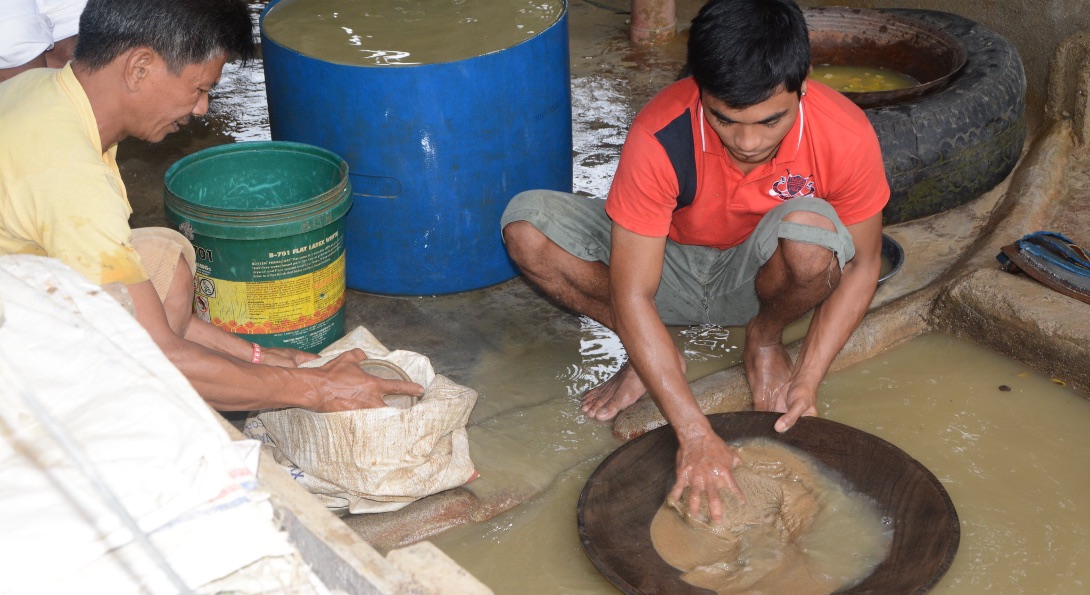Great Lakes Center Joins UNEP Mercury Partnership

Story text
In 2018, more than 2.2 million kilograms of mercury were emitted into the environment from human activity. Artisanal and small-scale gold mining (ASGM) is responsible for 35 percent of total emissions. Given the element’s irreversible toxic effects on human health, reducing emissions is a key goal for the Minamata Convention on Mercury.
The United Nation’s Global Mercury Partnership has invited and accepted the UIC School of Public Health’s World Health Organization (WHO) Collaborating Center, the Great Lakes Center for Environmental and Occupational Health, as a partner organization on the strength of the Collaborating Center’s leadership in addressing the health effects of ASGM. Artisanal mining is one of eight priority areas for the Partnership, which currently consists of 222 global organizations.
The partnership aims to protect human health and the global environment from the release of mercury and its compounds by minimizing and, where feasible, ultimately eliminating global anthropogenic mercury releases to air, water and land.
“As public health practitioners, we need to be concerned about the conditions forcing the most vulnerable in society to do hazardous work, as well as mitigating the hazards,” said Linda Forst, MD, director of the Collaborating Center.
The Collaborating Center’s ASGM curriculum for healthcare workers covering mercury toxicity and environmental and occupational health implications, created through WHO funding, answers a critical need for doctors, nurses, pharmacists and community health workers who lack training and resources to recognize, test and manage mercury toxicity. Training is critical to addressing the health of miners and their families, as well as reducing emissions.
Across the world, especially in low and middle-income countries in the global south, workers from economically and socially marginalized communities are increasingly turning to ASGM to escape extreme poverty, unemployment and landlessness, particularly as livelihoods such as farming lose economic viability.
Artisanal gold miners, including men, women and children, chisel ore from underground, underwater and surface mines, carrying the rock to an area for grinding. They combine mercury with the gold-laden silt to form a hardened amalgam that has picked up much of the gold metal from the silt. The amalgam is later heated, often with blowtorches or over an open flame, to evaporate the mercury, leaving small gold pieces. The mercury fume is inhaled by the miners and often by their immediate family, including their children.
The Collaborating Center’s curriculum meets key provisions of the Minamata Convention aimed at protecting populations at risk. All nation-signatories, 128 so far, must develop a National Action Plan that includes addressing ASGM wherever it occurs.
Lupita Quintana, PhD in Environmental and Occupational Health Sciences student at the School of Public Health, is currently working on a curriculum translation to Spanish in collaboration with the Pan American Health Organization. The Collaborating Center aims to add other languages and to produce videos to go with the curriculum designed to enhance adaptable, “off the shelf” training materials that can be used widely.